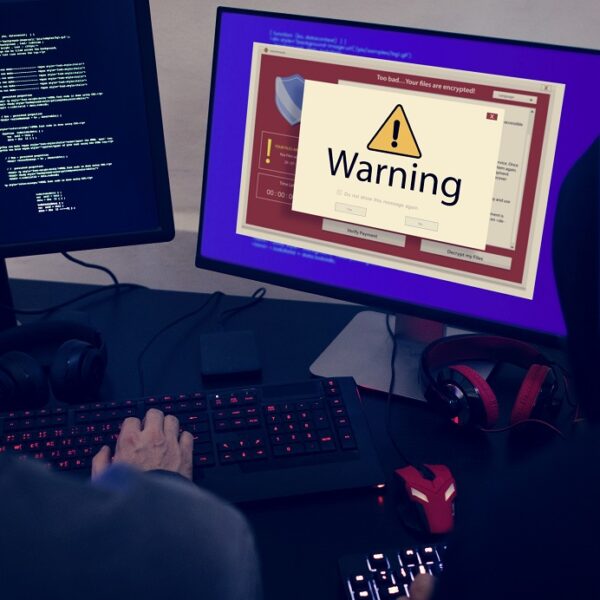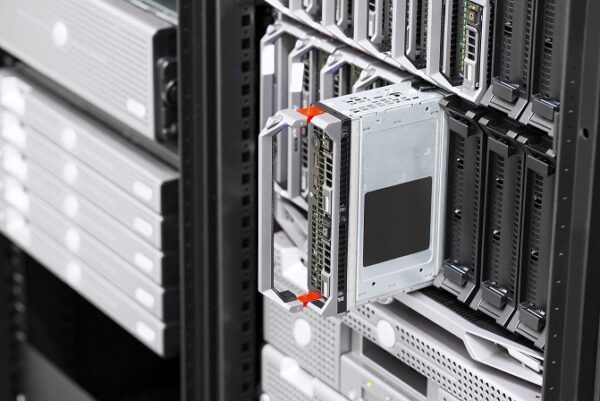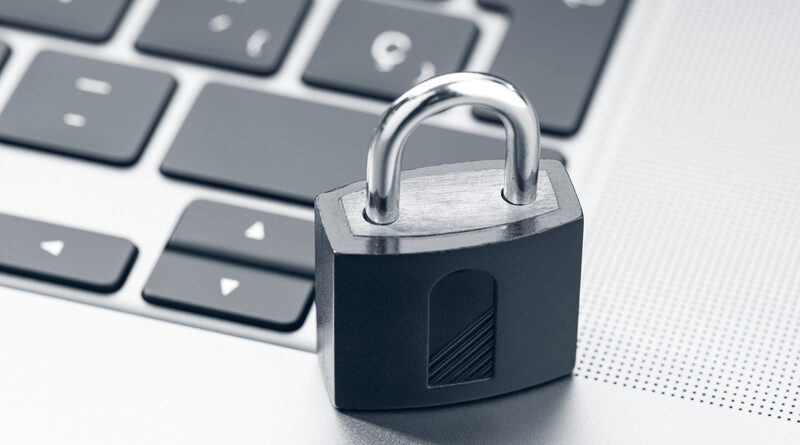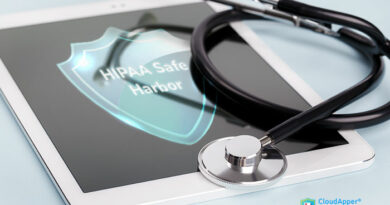7 Crucial Steps Healthcare Organizations Need to Take to Secure their Health IT Infrastructure
The healthcare realm is undergoing an unparalleled digital transformation at present. The leaders of provider organizations are progressively turning to Information Technology to keep up with contemporary business challenges and buckle up for what the future has in store.
However, like all other changes, this one too comes at a cost – the ongoing need to keep sensitive information secure and the peril posed by an inundation of end-users.

In 2017, the Department of Health and Human Services’ (HHS) Health Care Industry Task Force presented a report on the agitated state of affairs for healthcare cybersecurity:
- The majority hospitals function without a designated chief information security officer
- Cybercriminals view healthcare as a chief target
- Most providers are underprepared to deal with the current threat landscape
Three years later, it can be safely assumed that although awareness has ameliorated across healthcare, the industry is still a long way from securing its complex digital environments.
In this piece, we will be looking at a few important step’s healthcare providers need to implement in order to secure their health IT infrastructure.
1) Use Multi- Factor Authentication
According to one recent report on the Federal Information Security Management Act, close to 65% of the total Cybersecurity incidents could have been averted with strong multi-factor authentication (MFA).
Passwords, no matter how strong, continue to be an unchallenging target for hackers, especially since new methods like phishing and password spray attacks, which use social engineering to make the most of loopholes in security systems, continually emerge. This is where multifactor authentication can fabricate an additional layer of identification security.
MFA necessitates users to submit a combination of factors (2 being the minimum number) to validate their identity and gain access to protected information over a device or computer. These identification factors usually fall into three categories: something you are (like a fingerprint biometric), something you have (a mobile device) and something you know (a username and password).

Many healthcare service providers also harness biometric patient identification tools that employ distinctive biological characteristics (behavioral characteristics or physical attributes) to verify a patients’ identity. By utilizing biometric technology, they can not only ensure secure PHI data, but also minimize the risk of facing heavy financial penalty caused by data breach and HIPAA rules violation.
Because biometrics are always with you, unlike USB tokens or passwords, the chances of a theft occurring considerably go down. Devices with built-in readers, such as smartphones or laptops, enable the authorized staff to gain access with a quick scan, without having to carry a token or device, or to remember anything. This convenience has made biometric authentication methods, such as fingerprint scans, popular with healthcare organizations and is driving their IT providers to push and experiment for their widespread adoption.
2) Leverage Security Monitoring and Alerts
Close to all IT systems in use today have some sort of proactive monitoring that inform IT staff of potential problems, such as storage capacity completion, performance degradation, or unanticipated outages. Likewise, security monitoring systems can familiarize themselves with and recognize usage patterns, and alert security personnel when anomalies arise, further reducing the bloodspots that put patient data at risk.

For instance, numerous failed login attempts for one or more users (Brute Force attacks), or aggressive repeated requests (Distributed Denial of Service attacks – DDoS) that could bring your security network to its knees can be easily detected through such systems. By identifying potential security risks rapidly, necessary countermeasures can be put into effect to settle the issue before the system is compromised.
3) Encrypt all Data
One of the greatest security concerns for health IT departments is HIPAA compliance, which requires secure encryption of data when it is moving out – particularly if it will be exiting the secure network to be shared with an outside location, such as a referring physician’s office, teleradiology network, or even a patient portal.
While utmost precautions are taken to encrypt the data in movement, very often when the data is sitting frivolous in storage, it is unencrypted, and therefore unprotected should an access breach occur.
Therefore, encrypting data at rest is equally important. This provides a supplementary layer of security that prevents a would-be intruder from decoding or sharing the data in any meaningful way, even if they manage to retrieve it somehow.
One can also employ custom cloud-based solutions that come with robust encryption and security to keep sensitive patient data safe. In this way, because your information isn’t stored physically within your premises, it is protected in the event of an attempted theft or other unforeseen incident that could destroy an on-premise system that isn’t backed up.
4) Practice Whitelisting
Whitelisting, more commonly referred to as Application Control, involves limiting the users, systems, applications, and devices that can attach to your network to those clearly mentioned in the ‘whitelist’. Therefore, if an individual doesn’t happen to be on the list, they’re straight away denied access.

There are multiple ways to manage whitelisting, including file and folder attributes, domain names, cryptographic attributes, digital signatures, physical or IP addresses, etc.
While maintaining a whitelist may seem inconvenient in the beginning, it is one of the most effective methods for protecting your data against vulnerabilities that can be instigated by external devices and users that usually aren’t regulated by your IT department and therefore, aren’t subject to the same security scrutiny as your own internal systems.
5) Maintain a Secure Backup
In the event of a security breach, making sure a well-tested recovery plan is in place, and a dependable and authentic backup copy of your data is available, can lower the impact instilled by the breach and enable operations to resume with a slight, if any, interference in care delivery from your end.

To be secure against attacks that are targeted at data consistency or availability is essential to make sure that backups are geographically separated and cordoned off from production systems and networks to ensure they are not directly connected to compromised systems.
6) Utilize Blockchain Technology
A progressive approach, Blockchain happens to be that new innovation which is not yet extensively adopted within the healthcare domain. Even then, blockchain presents significant promise for deploying a highly reliable and secure method for exchanging information.

With Blockchain, no single establishment or entity has absolute control or ownership of the protected data, it in fact is safely dispensed across a system of participating entities who collectively track, store, and validate information as well as transactions. Any alterations or updates in data are recorded in an immutable ledger. Additionally, in order for a piece of data to be regarded ‘true’, agreement is required across all members of the Blockchain.
This technology enables unencumbered access to patient health records while virtually eliminating the possibility for data to be maliciously altered, deleted, or tampered with.
7) Look to the Experts
Yet another common issue many healthcare organizations face is the absence of true security prowess within the IT team. owing to monetary constraints, many IT personnel are called upon to be ‘jacks of all trades’, mastering server and workstation hardware, storage, virtualization, software management, etc. – in addition to managing and setting up network and software security management. Each of these are regarded professional disciplines by themselves and require uninterrupted practical experience to be executed par excellence.

If you wish to ensure your data and systems are well protected at all times, it is necessary to appoint a security expert. One option is utilizing managed services for your IT infrastructure, software and data management, where the responsibility of security management is offloaded to a cloud provider who is equipped with experienced and dedicated security experts. Alternatively, engaging an expert resource such as an experienced consultant can help define and execute security controls and processes alongside your existing team, providing the expertise you need while avoiding the cost and commitment of a full-time employee.
Lastly, it’s important to remember that while security is an omnipresent necessity across healthcare, like several other aspects of healthcare IT, it does not come with a one-size-fits-all solution.
Choosing and instrumenting security controls that will work best for your healthcare practice requires an insightful analysis of your current policies and operations – that too, without compromising the efficacy of your care delivery services.










